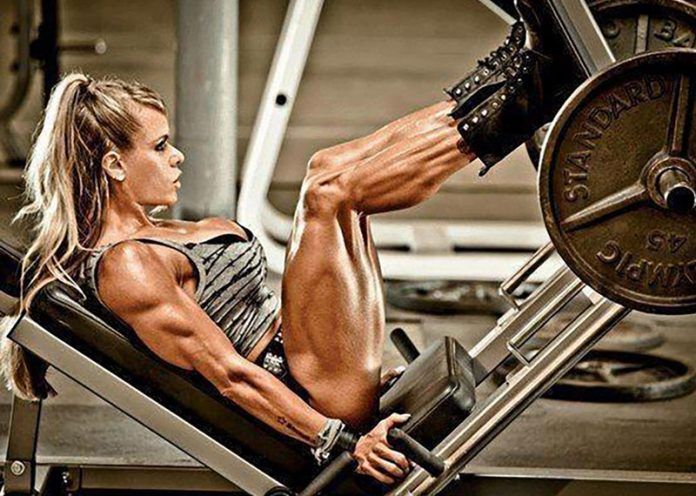Affiliate Disclaimer
Some links in this article are affiliate links. We may earn a small commission if you make a purchase through these links, at no extra cost to you. We only recommend products we find useful to our readersWe humans often credit our rapid evolution, to our ability to be able to stand on our hinds. Thus by freeing our fore limbs, we were able to embark on a number of adventures, across the ages, that otherwise would had seemed impossible. Even in the context of the contemporary lifestyles, our legs are imperative in maintaining our body balance and a stable posture. They not only form the base of our whole structure, but it is through our legs that we derive the strength to carry any heavy load, or exert force on a job.
Even those who hit the gym at a regular basis tend to ignore the requirements of their lower body. Whilst their cardio and upper body strengthening are covered through various programs recommended by a professional fitness trainer, or otherwise. The legs often tend to miss out.
Here we present to you a concise guide in how to organize your gym schedule when it comes to your lower body. As we all desire a toned upper body, at most, even the most dedicated of gym goers tend to devote only one day of the week to the working out of the lower body. So it is very essential that we plan our work-out in such a way that all the muscles in the leg get the required attention.
Organizing your Leg Day at the Gym – Leg Workout
1Quadriceps
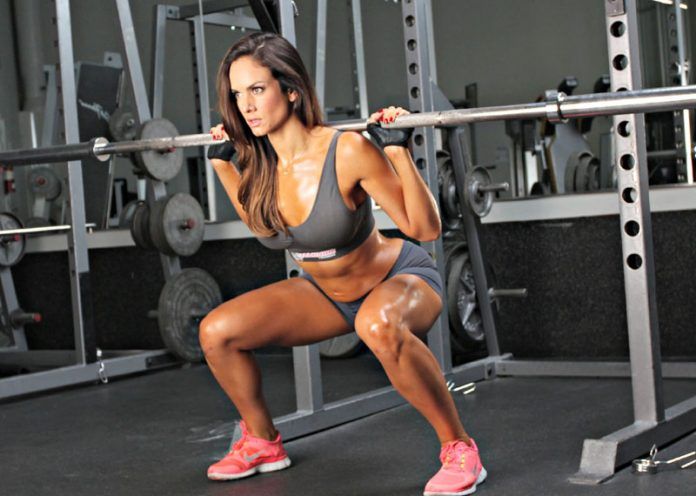

They are the very fulcrum that attaches our legs to the rest of our bodies. The strength of these muscles, to a large extent determine the overall capacity of our lower body.
An old school leg press machine, would get these sets of muscles moving, and is a must at any gym,.Otherwise there are a large number of variations you could apply to a regular squat, either by using a pair of dumbbell or a barbell. Adjust the weights as per your capacity and gradually increase them, by trying to keep the number of repetitions constant. A forward leg curl at the cable machine also serves the same purpose.
2Hamstrings
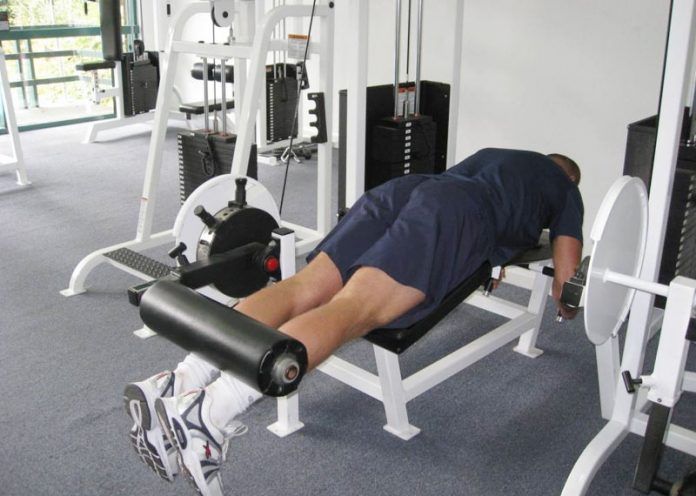
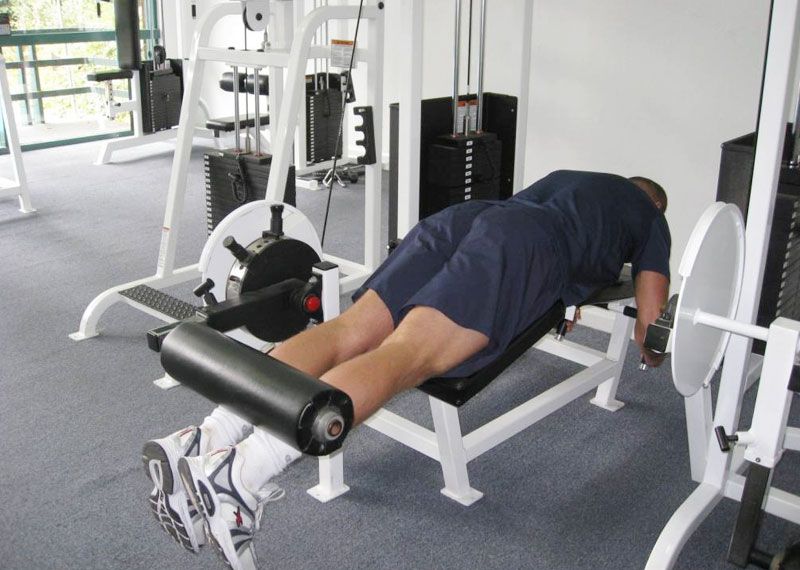
Specialty gyms have dedicated machines that are meant to give your hamstrings that extra power boost. Straight up Leg raises, either by laying down with a stability ball in between your legs, or in an overhanging position, with weights in between your feet might prove to be helpful. The cable machine could also be used for the same purpose, not without professional guidance.
3Inner and Outer thighs
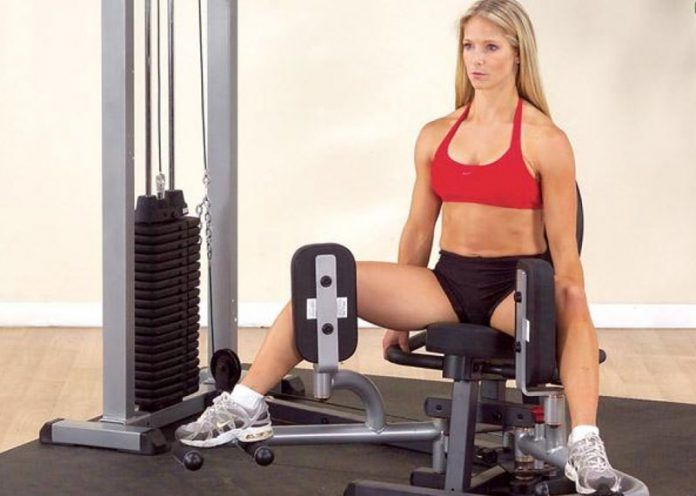

The cable machine should be your standard go to device, when it comes to exercising these particular sets of muscles. Moving the legs laterally, once away and then towards the machine, with appropriate weights, would serve the purpose. Before starting out with weights at the cable machine, one should practice free leg movements, so that no particular muscle gets pulled during strenuous exercises
4Glutes
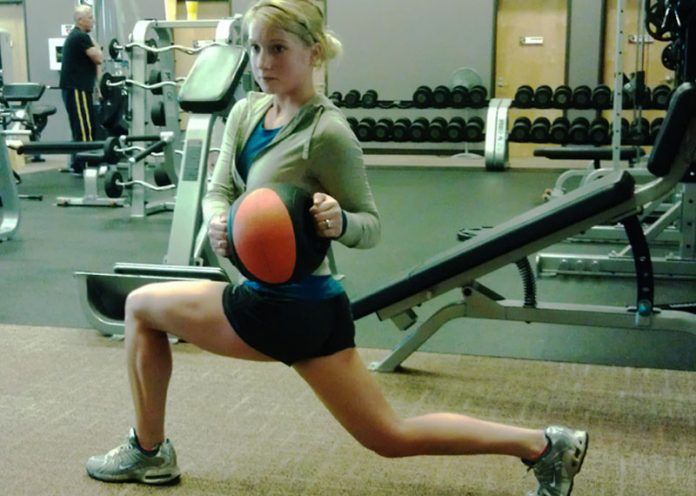
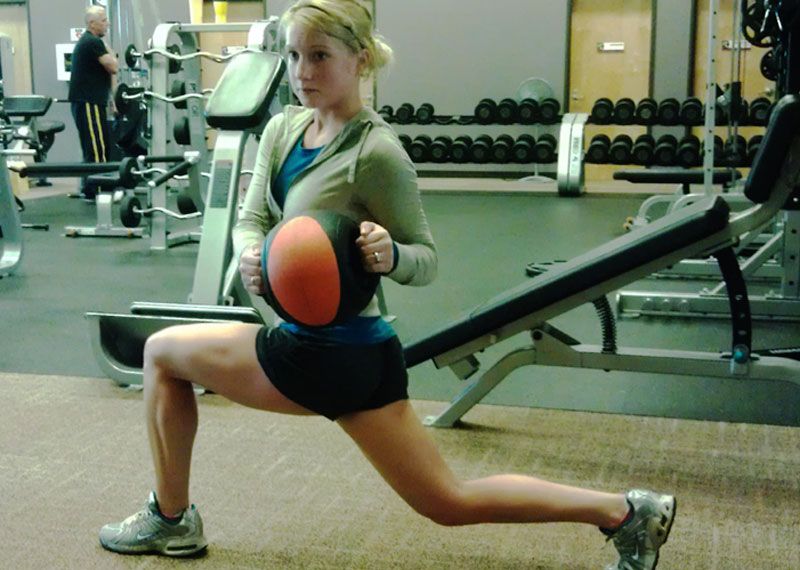
Empowering these muscles not only enhances the overall physique, but also adds to total body strength.
Lunges are an absolute must when it comes to your buttocks. In order to perform a lunge, you need to take a large step, one at a time, squat midway, letting the rear knee touch the ground. Complete the motion after holding the position for a short while. They can be performed, either free hand, or with appropriate weights in hand.
5Calves
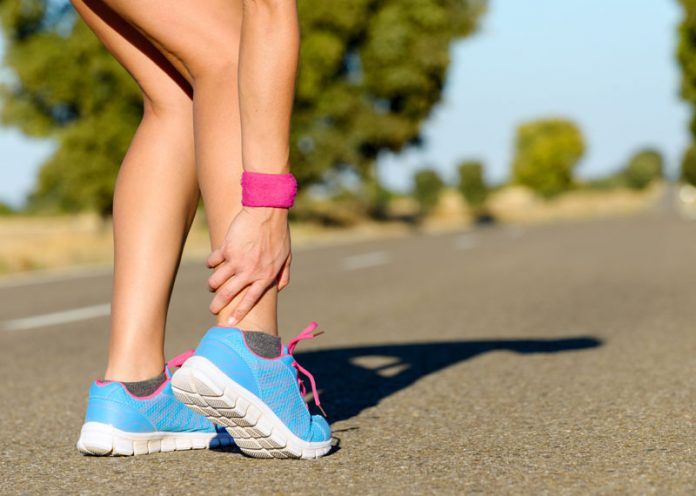
No leg regime could ever be complete without a final session, working out the calves. The calves as we know them, form the rear part of our legs just below the knee, extending almost up to the ankles.
The docility of these muscles mean that, a beginner would find these to be the most painful of their entire routine, at times even rendering them unable to walk.
A common leg press machine suffices the purpose of the initial warming up. In order to really boost up the the power quotient on the calves, one needs to practice body raises, by standing on the front part of their feet on a raised surface, such as a stair. The lesser area you use, the more force would you be able to exert on your calves.
Check More on Leg Workouts
By Abhro



























